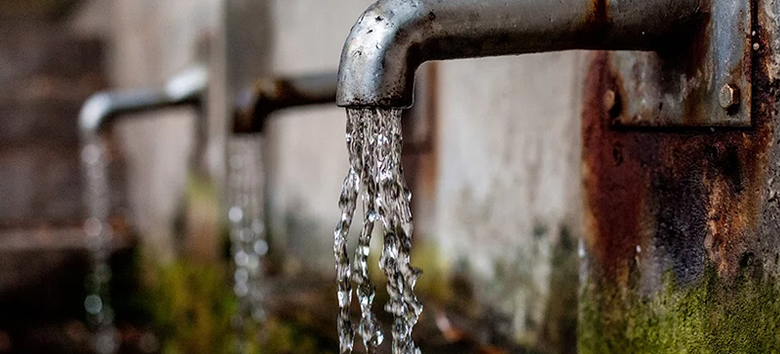
The water losses in the supply systems in Brazil correspond to the difference between the total volume of water produced in the treatment plants and the sum of the volumes measured in the water meters installed in the clients’ properties.
By Renata Mafra – Tratamento de Água Portal
Water Losses in Distribution Systems:
Losses are divided into apparent and real. This distinction is important, as the tools for managing and combating each of the typologies differ substantially. The apparent losses, also called non-physical or commercial losses, are related to the volume of water that was actually consumed by the user, but that, for some reason, was not measured or accounted for, generating loss of revenue to the service provider. These are failures due to measurement errors (inoperative water meters, with sub-measurement, reading errors, fraud, errors in the calibration of water meters), clandestine connections, irregular by-pass in connection extensions (known as “cats”), failures in the commercial register and other situations. In this case, water is actually consumed, but it is not billed by the service provider.
Real losses, also known as physical losses, refer to all water available for distribution that does not reach consumers. These losses are due to leaks in pipelines, networks, branches, connections, reservoirs and other operating units of the system. They mainly comprise leaks in pipes of the distribution network, caused especially by excess pressure, usually in places with great topographic variation. The leaks are associated with the conservation status of the pipes (materials used, age of the nets), the quality of the installation by the workmanship performed and the existence of loss monitoring programs, among other factors.
Non-revenue water Assessment in Brazil:
Local coverage providers, capitals and states:
Among the 27 larger local service providers, for which it was possible to calculate the distribution loss index, 16 are below the national average of 38.5%, representing a total resident population of approximately 10.4 millons of citizens.
With indexes below 20%, providers in the municipalities of Campo Grande / MS (19.6%) of Limeira / SP (19.4%) stand out, with a resident population of 885,711 and 303,682 inhabitants, respectively. In both municipalities, the service is provided by private companies, Águas Guariroba S.A. (Campo Grande / MS) and BRK Ambiental – Limeira S.A. (Limeira / SP). On the other hand, providers with rates higher than 60% are located in the cities of Cuiabá / MS (60.7%) and Manaus / AM (75.0%), with a resident population of 607,153 and 2,145,444 inhabitants, respectively. The municipalities are also served by private companies: Águas Cuiabá S.A. (Cuiabá / MS) and Manaus Ambiental (Manaus / AM).
Considering these and other data presented by SNIS (2018), there is evidence about situations of water losses that are sometimes alarming, and the need on the part of service providers to act in actions to improve management, the sustainability of the provision of services is clear. services, the modernization of systems and the qualification of workers in water distribution systems. Such actions are closely related to the efficiency of the administration and among them is the management of water losses.
App uses artificial intelligence to combat and reduce non-revenue water
The SmartAcqua Solutions App can be accessed by smartphones with iOS and Android operating systems simply by downloading it for free through the App Store and Google Play respectively, or viewed by the computer (https://smartacqua.com/pt/solucoes/).
A resident of Piracicaba, in the interior of São Paulo, for example, can verify by the application that his city produces more than 57.2 million m³ of water per year, with more than 28.4 million m³ of that total being lost ( SNIS 2018). If there were a reduction of 50% of these losses, it would be possible to supply more than 91 thousand people per day, representing for the sanitation company in that city a growth in operating revenue of around R $ 29.8 million per year.
According to Enéas Ripoli, founding partner and CTO of SmartAcqua Solutions, “This was the way we found to encourage each citizen to have more knowledge about how the water issue is being conducted in their municipality and what could be done to combat losses and waste of that precious asset ”.
Download the SmartAcqua Solutions App, free from the Apple Store and Google Play.
Be part of the change. Work towards an efficient future, saving precious water, and driving your operational cost-cutting.
Get Started